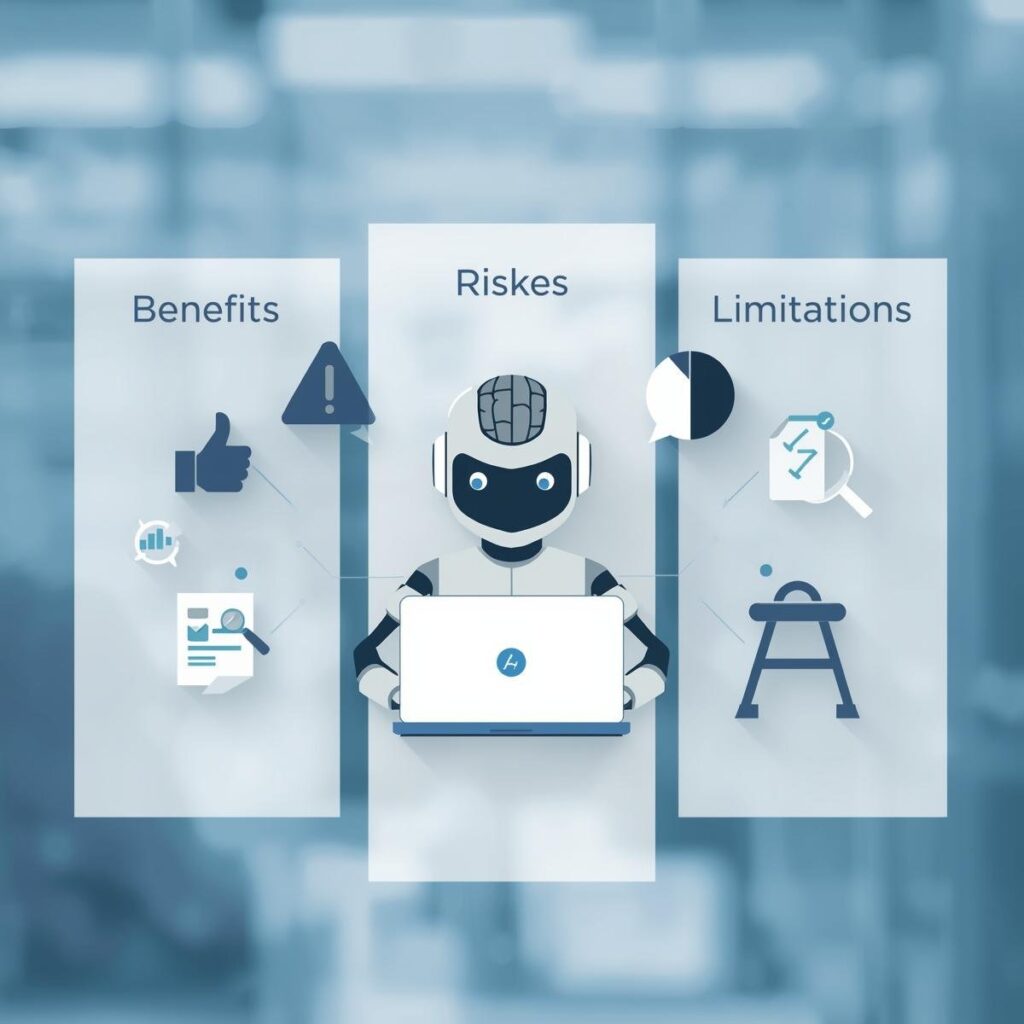
Free trials and demos are highly effective strategies for converting prospects into clients, allowing them to experience your product or service firsthand and reducing perceived risk. In competitive markets, offering hands-on value demonstrates confidence in your offerings and builds trust. By showcasing benefits and addressing needs, businesses can accelerate conversions and foster loyalty. This article explores how to use free trials or demos to win clients, drawing on insights from How Small Businesses Can Compete and Win New Clients to drive success in 2025.
1. Understanding the Power of Trials and Demos
Free trials and demos let prospects test your offerings without commitment, addressing hesitation and proving value. They shift focus from promises to tangible experiences, increasing conversion rates by demonstrating ROI upfront. This hands-on approach is especially effective for software, services, or products where trial reduces buyer uncertainty.
2. Identifying the Right Prospects
Target prospects likely to convert after a trial. Strategies include:
- Qualify leads based on interest, like those engaging with your content or inquiries.
- Focus on high-potential segments, such as “startups needing scalable solutions.”
- Use lead scoring to prioritize, ensuring trials go to engaged prospects.
Selecting the right prospects maximizes trial effectiveness.
3. Designing Effective Free Trials
Well-designed trials showcase core value quickly. Strategies include:
- Limit trial duration, like 14 days, to create urgency while allowing full exploration.
- Highlight key features, such as “unlimited access to premium tools.”
- Provide guided onboarding, like tutorials, to ensure positive experiences.
Effective trials demonstrate immediate benefits, encouraging upgrades.
4. Creating Engaging Demos
Demos offer personalized showcases of your offerings. Strategies include:
- Tailor demos to prospect needs, like “how our software solves your inventory challenges.”
- Use interactive elements, such as live Q&A, to address concerns in real time.
- Focus on outcomes, like “see how this boosts efficiency by 30%.”
Engaging demos build excitement and trust.
5. Highlighting ROI During Trials or Demos
Show prospects the value they’ll gain. Strategies include:
- Include metrics, like “save 20% on costs within the trial period.”
- Use case studies, as noted in related strategies, to illustrate real ROI.
- Track usage during trials to provide personalized insights, like “your team could gain 15 hours weekly.”
ROI emphasis persuades prospects to commit.
6. Personalizing the Experience
Personalization enhances trial or demo impact. Strategies include:
- Customize setups based on prospect industry, like “tailored features for retailers.”
- Offer one-on-one guidance, addressing specific pain points.
- Follow up with personalized summaries, like “how our demo aligns with your goals.”
Personalization, as highlighted in the referenced article, fosters stronger connections.
7. Addressing Pain Points Proactively
Trials and demos are ideal for solving concerns. Strategies include:
- Anticipate objections, like “we’ll show how easy integration is during the demo.”
- Provide solutions to common issues, such as “flexible plans for budget constraints.”
- Use feedback during trials to refine offerings in real time.
Proactive addressing reduces barriers to conversion.
8. Encouraging Feedback and Iteration
Feedback during trials refines your approach. Strategies include:
- Ask for input, like “how can we improve your experience?”
- Use responses to iterate, showing responsiveness and client focus.
- Incorporate feedback into follow-ups, like “based on your input, here’s an updated plan.”
This demonstrates commitment to client success.
9. Creating Urgency to Convert
Urgency motivates prospects to act post-trial. Strategies include:
- Offer limited-time incentives, like “10% off if you sign up within a week.”
- Highlight trial-exclusive benefits, such as “access premium features now.”
- Send timely reminders, like “your trial ends soon—let’s discuss next steps.”
Urgency accelerates conversions without pressure.
10. Following Up Strategically
Effective follow-ups turn trials into clients. Strategies include:
- Send personalized recaps, like “here’s the value you experienced in your demo.”
- Offer additional incentives, like extended trials, to address hesitations.
- Track engagement to refine follow-ups, ensuring timely and relevant outreach.
Strategic follow-ups nurture prospects into clients.
Conclusion
Free trials and demos are proven strategies for converting prospects by providing hands-on value and building trust. By designing engaging experiences, highlighting ROI, and personalizing interactions, businesses can secure new clients efficiently. Drawing on How Small Businesses Can Compete and Win New Clients, these tactics position businesses to attract and convert prospects in the competitive landscape of 2025.








